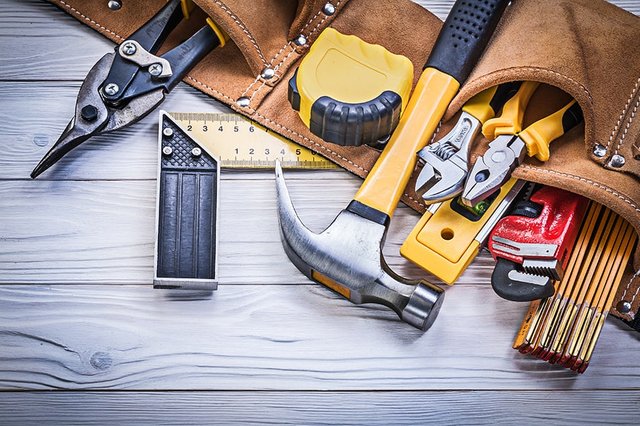A Complete Guide to Different Types of Pliers and How to Use Them
Pliers are one of the most common tools made for various uses depending on their shapes and sizes. Some of them are pipe-shaped for easy gripping, some are used for twisting wires, and there are few others used for a combination of tasks including cutting wires.
Before you pick the right plier, you need to know which plier serves what purpose. Here is the list of the tools with their respective uses:
a. Long Nose Pliers
Long nose pliers are shaped long at the front metal beak which makes it easy to reach finer and smaller areas not reachable with fingers or other tools. Long nose pliers are used to grip small objects, hold wires, bend loops, and attach wires. Exclusively for the shape, they are used by artisans, jewelry designers, electricians, network engineers, and other tradesmen to bend, re-position and cut wire.
b. Side Cutting Pliers
Side Cutting Pliers or Lineman’s Pliers are diagonally edged to make them the perfect tool for cutting wires. They are not used to turn or twist anything, but only to cut wires by gripping them tightly. They are the most preferred to grip, splice or cut wires, and strip insulation. Their applications include electrical, communication, and construction work.
c. Utility Pliers
Utility Pliers have ultra slim tips that are curved for easier access to difficult or finer areas. The beaks are rounded to make them completely lip safe, while the serrated pads hold wire firmly at a convenient working angle. Their main uses include gripping round, square, flat, and hexagonal objects. One can apply a certain amount of torque without damaging the surface or the work.
d. Flat Nose Pliers
Flat nose pliers are designed to make sharp bends and right angles in wire. These tools are the best to grip flat objects and to straighten bent wire. These are the most common pliers used in several applications and assembly work, and also used to grip, turn and bend wires.
e. End Cutting Pliers
End cutting pliers have flat beaks used for cutting wires, taking out nails, and rivets close to work surface. Also known as end cutters, nippers or end cutting pliers, these pliers feature much sharper jaws and an almost flat bladed head that helps to cut close against the surface without digging into it.
Safety tips to consider while using pliers:
• Make sure to hold the pliers at the right angles while cutting to avoid cutting the tool from side to side or bend wire back and forth against the cutting edges.
• Pick pliers that have a grip span of 6 cm to 9 cm so that your palm or fingers don’t get pinched while using it.
• Pick pliers that allow you to grip the workpiece firmly with a comfortable handgrip.
• Before using the pliers, make sure that the cutting edges are sharp and in good condition. Worn out cutting edges would need to be forced to cut, and can often be risky to use.
• The toothed jaws must be clean and sharp. Greasy or worn-down jaws can result in compromised safety with the extra effort of force and pressure required to hold the workpiece which eventually might result in muscular fatigue and repetitive strain injuries.
• It is important to oil pliers regularly by putting a drop of oil on the hinge for a smoother performance.
• Pull on the pliers and never push away when applying pressure. If the pliers slip off your grip, you may end up losing balance resulting in injury.
Pliers are commonly available on online stores and exclusive dealers. Choose the one specialized in dealing with tools and products like long nose pliers and everything exclusive for engineering and industrial purposes. Make sure to pick the brand that can be trusted up on with customer reviews and overall services.
